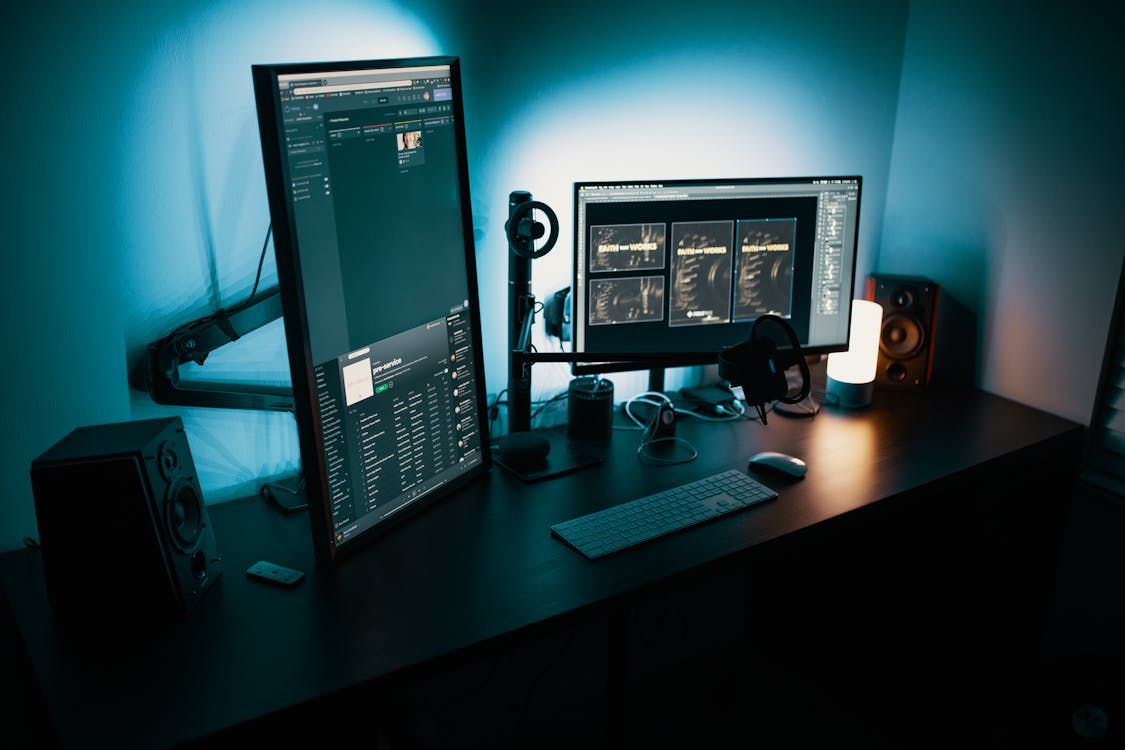The Art of Turning Weakness into Strength
For gamers of a certain age, the look of Metal Gear Solid is etched into our minds. The sharp, shadowy characters, the cold industrial environments, the distinctive duotone color palette – it all came together to create an atmosphere that was unlike anything else on the PlayStation. A fantastic new YouTube documentary from Splash Wave, titled “The Making of Metal Gear Solid – Art Direction,” pulls back the curtain on how this iconic visual style was created. It reveals a story not just of artistic vision, but of brilliant problem-solving and clever tricks used to bend the limited hardware of the PS1 to Hideo Kojima’s will.
The documentary shows that the game’s celebrated art style wasn’t just a choice; it was a necessity. Every element, from the character designs to the lighting, was a direct response to the challenges of creating a grounded, realistic 3D world on a console that was never built for it.

The Shinkawa Style: Where Anime Meets Realism
At the heart of the game’s look is the legendary artist Yoji Shinkawa. His unique style, a blend of gritty realism and expressive, almost calligraphic linework, defined the characters. The documentary explains that Shinkawa would first create rough pencil sketches and then scan them, using digital tools like Painter to add quick color renditions while preserving the analog, hand-drawn quality. He designed characters without concerning himself with the technical limitations of the PlayStation, focusing instead on creating a believable, near-future world.
This philosophy of ‘grounded but stylish’ is perfectly encapsulated in the design of Solid Snake himself. Early concepts showed him in a standard blue camo uniform. However, influenced by the high-tech suits in contemporary Batman movies, the team pivoted to the now-iconic sneaking suit. This design was not only stylish but also provided a believable reason for why Snake could survive the cold Alaskan environment without bulky gear. It was the perfect fusion of form and function.
Art from Limitation: The Tricks Behind the Graphics
Translating Shinkawa’s detailed art to the PlayStation’s limited hardware was a monumental task for the team of just eight 3D artists. They had to get creative. The documentary highlights several ingenious techniques:
- Smart Textures: Instead of using clean, repeatable textures, the artists hand-crafted them with wear, dirt, and simulated shading baked right in. This allowed a flat plane to give the illusion of complex 3D geometry, a crucial trick for creating detailed environments with a low polygon count.
- Faking the Light: The PlayStation couldn’t handle real-time lighting. So, how did the game get its incredible sense of mood and shadow? The team used a technique called ‘vertex coloring.’ Artists would manually ‘paint’ shadows and highlights directly onto the vertices of a 3D model. The console would then blend this color data with the texture, creating deep, atmospheric lighting that was completely simulated.
- A Duotone World: The game’s famous color scheme was another deliberate choice born from limitation. To save memory and boost performance, MGS ran in a reduced color space. The art team embraced this, assigning each area a distinct color tone – cold blues and greens for the desolate base, and warm, vibrant tones for the hopeful ending sequence with Meryl. This not only worked around the hardware’s limits but also became a powerful storytelling tool.

FAQs About the Art of Metal Gear Solid
- Who was the lead artist for Metal Gear Solid?
The iconic art style was defined by lead artist and character designer Yoji Shinkawa. - Why did the game have a mostly top-down camera?
It was a deliberate choice to make the transition to 3D smoother and to maintain the core stealth gameplay loop from the original 2D MSX games. - How did the game have such detailed shadows without real lighting?
Artists used a technique called vertex coloring to manually paint shadows and highlights onto the 3D models themselves. - How did Shinkawa’s art style work with the low-poly models?
His style’s heavy reliance on shadows to define faces was a perfect fit. It cleverly hid the lack of facial detail on the low-polygon models and let the player’s imagination fill in the blanks. - Why was the game’s color palette so limited?
The game used a reduced color space to improve performance on the PlayStation. The art team turned this limitation into a stylistic choice, using distinct color tones to define the atmosphere of each area. - Did the developers build real models of the characters and mechs?
Yes. The documentary notes that Shinkawa, who was skilled at model making, spent a month and a half building a physical model of Metal Gear REX from clay to help visualize the design.

Conclusion
The making of Metal Gear Solid‘s art is a powerful story about creativity flourishing under constraint. The game’s visual identity, which remains one of the most revered in video game history, wasn’t just the result of a singular artistic vision. It was a collaboration between artists and programmers who turned technical hurdles into defining features. They didn’t just work within the PlayStation’s limitations; they turned those limitations into a language, creating a gritty, stylish, and timeless look that could only have been born on that hardware. It’s a masterclass in design that is still inspiring developers to this day.